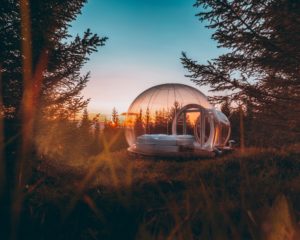Is it safe to travel to Iceland?
By Michael Chapman
Despite being amongst the safest nations worldwide, there are still some things to watch out for in Iceland...
Is it safe to travel to Iceland?
By Michael Chapman
Despite being amongst the safest nations worldwide, there are still some things to watch out for in Iceland...
Currently, the world is facing the backend of an unprecedented global crisis; one that has cost lives, one that uprooted the very fabric of society.
Restrictions on international travel has seen the tourism industries of every country take a hit. Iceland, whose economy relies on a yearly influx of travellers, is no exception. Here at home, there is some debate as to the right course of action; some wish to reopen borders as soon as possible, others point at the domestic cases as a reason to keep them closed.
Whatever one’s view on the matter, there is good reason to be optimistic.
Despite the litany of issues that have arisen during their roll-out, vaccination programmes are underway across the world, signalling light at the end of the tunnel.
The Icelandic government expects the vast majority of its citizens to be vaccinated by late-July; what-would-be the peak tourist season is previous years.
Daring, once again, to dream of future escapades abroad, people have started to tentatively ask the question, ‘Is it safe to travel to Iceland?’ Well, we hope this article might bring some clarity on the situation…
Why is Iceland so safe?
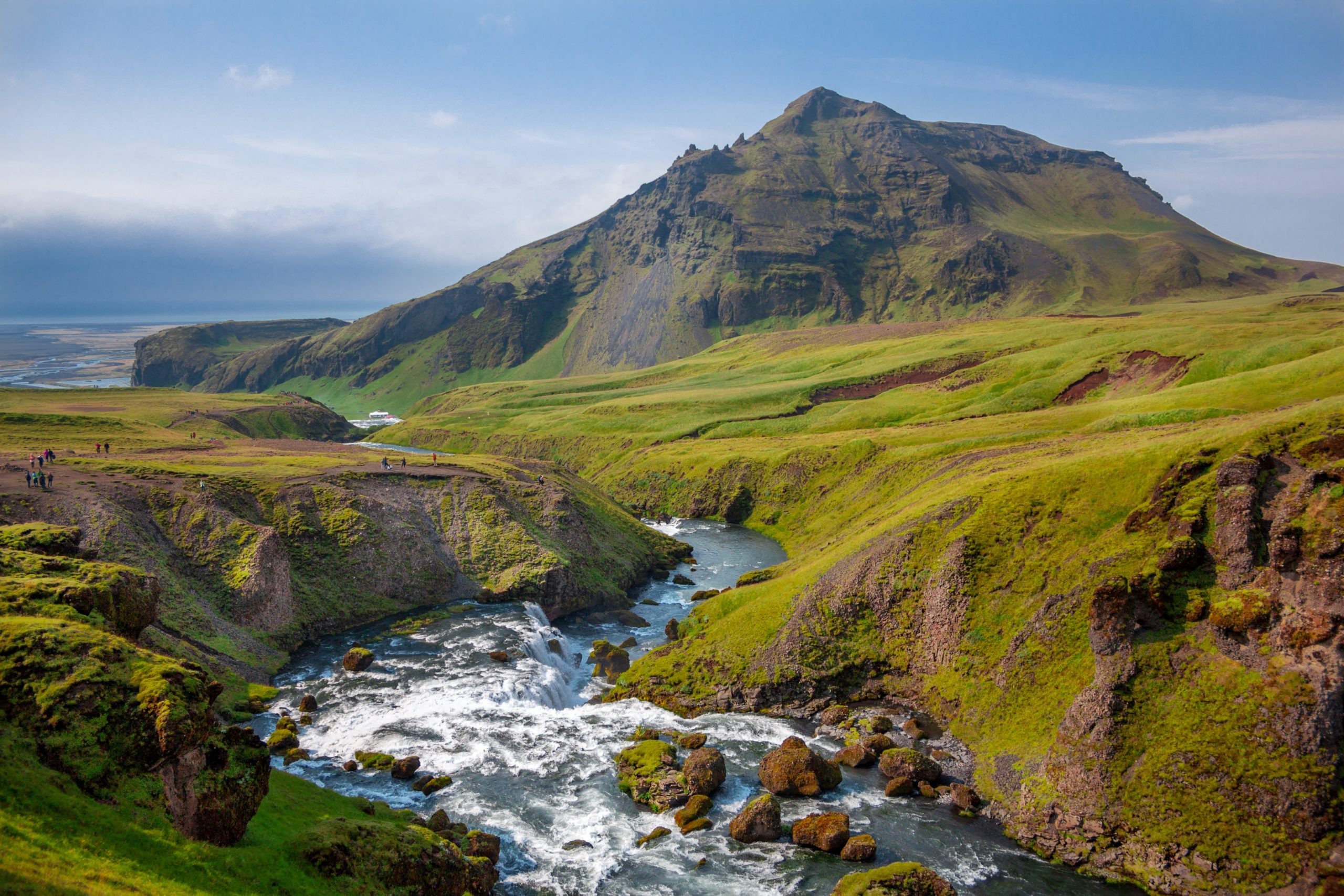
Iceland routinely ranks first on the Global Peace Index thanks to a lack of crime and historic aversion to conflict.
The country’s one major city, Reykjavik, is known to be among the safest capitals on the planet.
Strolling its quaint, wind-swept streets, most visitors can’t help but feel a general sense of tranquillity in the air; it’s one of those places that’s strikingly timeless, as if trapped in a less noisy, chaotic era.
Of course, ugly incidents do occur from time to time in the city, but crime figures demonstrate they are more sporadic than many other urban environments elsewhere.
Another major reason for Iceland’s comparative safety is its lack of people. One must remember that little more than 360,000 people call this entire country home; about the population of a fairly small town in England.
Given this pint-sized nation and culture, a neighbourly attitude has developed amongst fellow countrymen over the years.
Aside from that, criminals are almost immediately recognised, meaning there is very little room to behave in dastardly ways for too long.
Is Iceland safe for LGBTQ travellers?
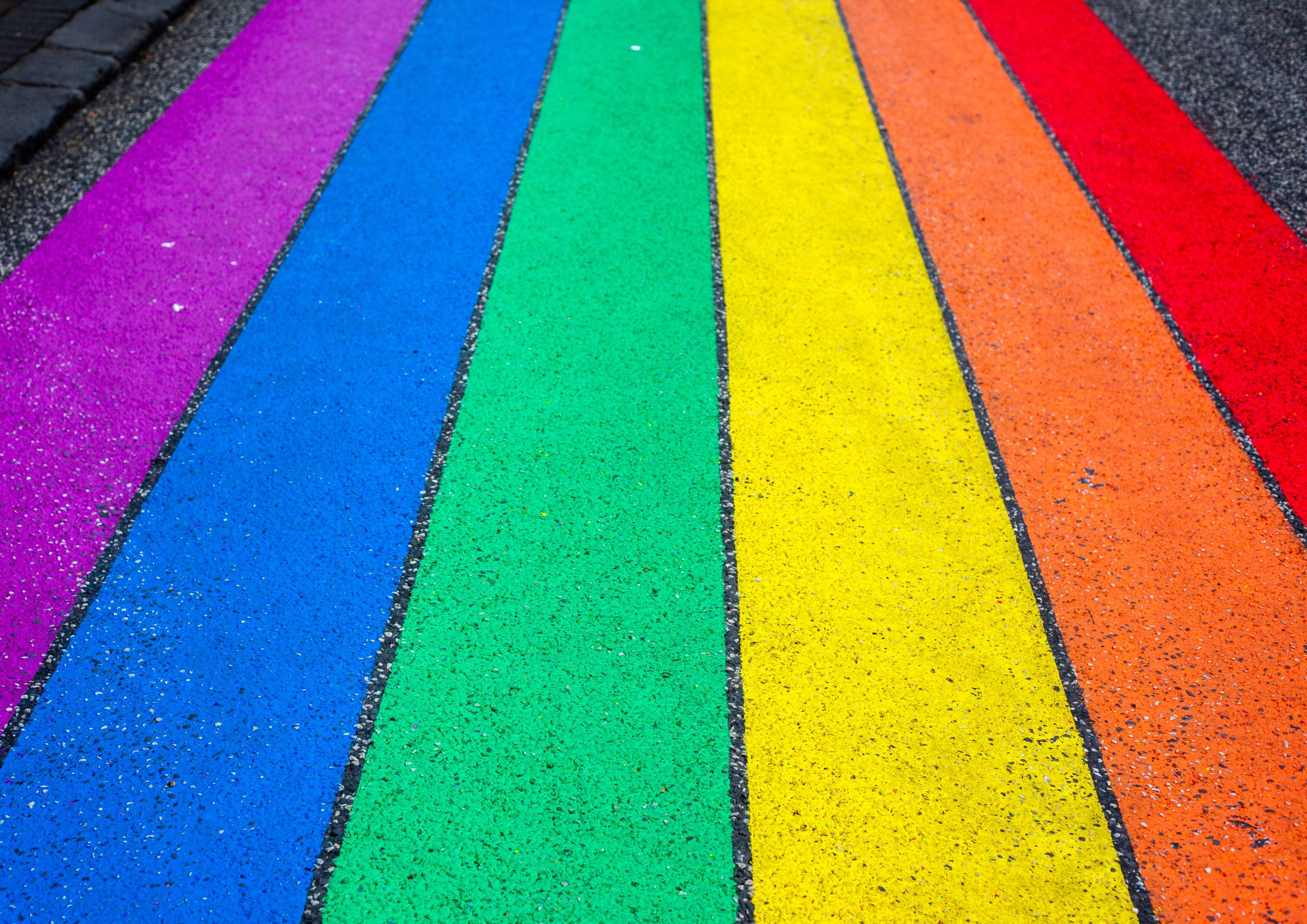
It would be an understatement to write that Iceland is welcoming of travellers in the LGBTQ community. Iceland is among the most LGBTQ friendly countries in the world.
Not only do most citizens pride themselves on both progressive politics and the pursuit of equality, but they put their words into action. Do not forget that Iceland was the first country to elect a gay Prime Minister, Jóhanna Sigurðardóttir, who served in office from to 2009 to 2013.

Same-sex couples have been allowed the same access to IVF and adoption as straight couples since 2006.
Under Sigurðardóttir’s leadership, gay couples were finally granted the right to marry in 2010, and legislation was passed that helped to codify how trans people go about changing their identity.
In Reykavik, there are several gay bars in which to relax and socialise, including the likes of Gaukurrin and Kíkí Queer Bar. However, anyone and everyone is, of course, welcome to dine and drink wherever they wish in the city.
Whichever establishment you choose, you’ll be welcomed with open arms, (and, in all likelihood, a rather hefty bill… some things never change.)
PLAN YOUR JOURNEY
Travelling to Iceland?
Check our overnight tours with a driver guide that includes a one night stay in a bubble.
*Starting from ISK 59.900 per person
Top 10 Tips for Travelling Safely in Iceland
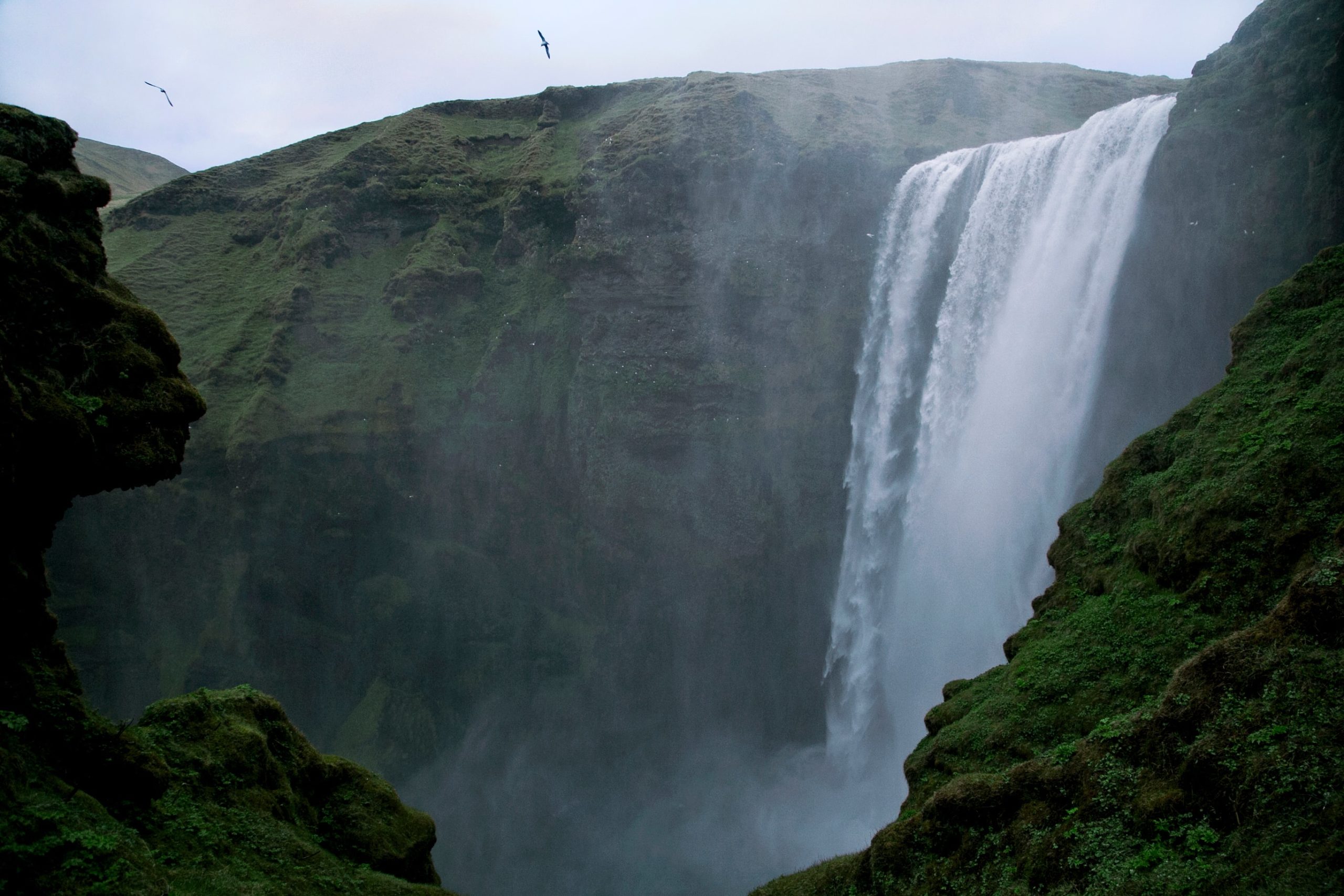
Congratulations! After all that trouble, you’ve finally set foot in the Land of Ice and Fire.
As is to be expected, there are hazards worth paying attention to that have absolutely nothing to do with the coronavirus pandemic at all. Frankly, Iceland is quite capable of being dangerous and deadly without the incursion of a viral outsider.
We encourage everyone to get out there and explore the very best sites that Iceland has to offer, as long as it is done so in a safe and sensible way.
To make sure you remain on the healthy-side throughout your visit, pay special attention to the top 10 tips we here at Bubble have picked out for you.
1) Respect Iceland’s Nature
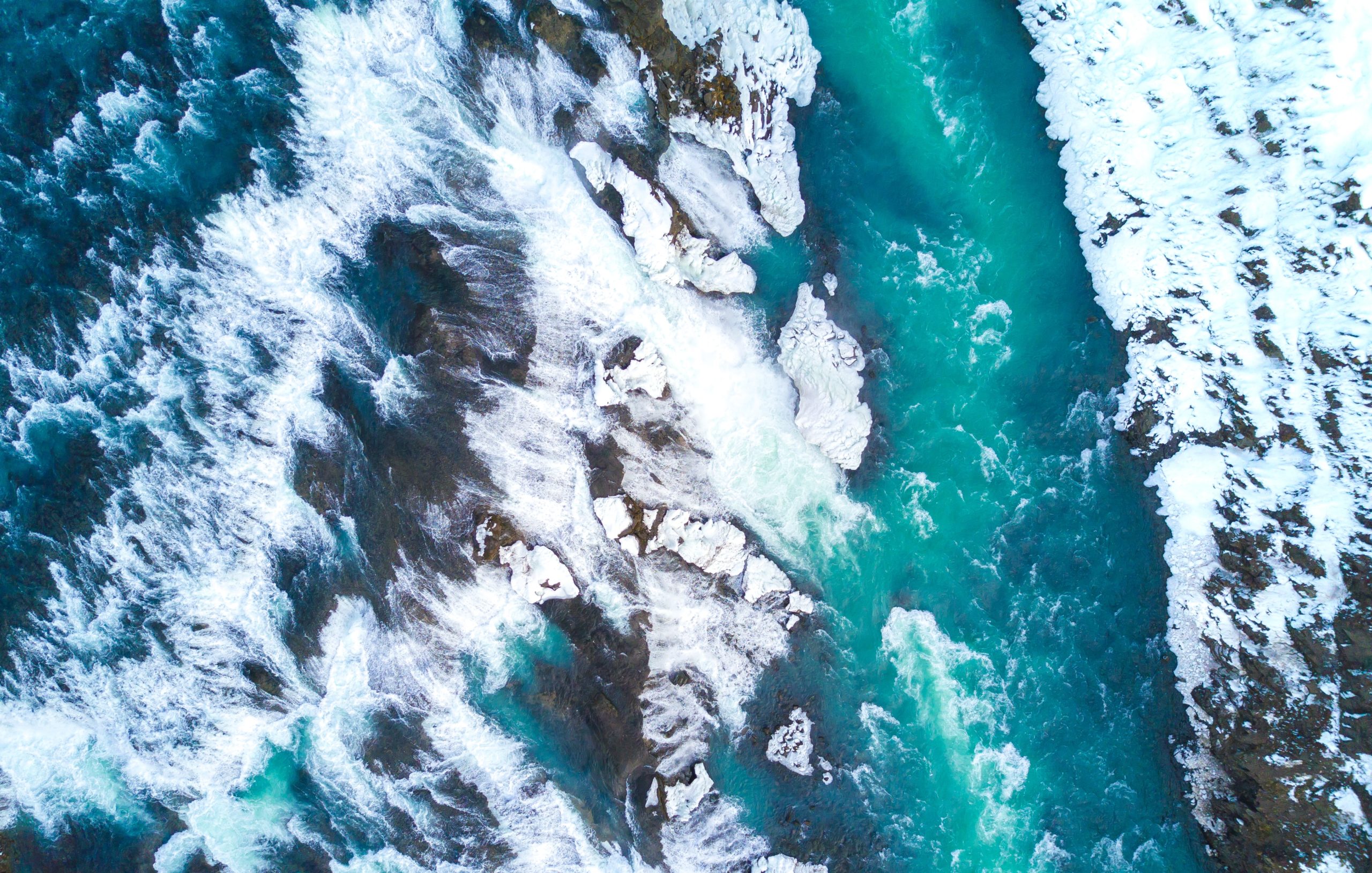
Whilst beautiful, unique and incredibly dramatic, both Iceland’s climate and landscape poses untold dangers for those who do not respect it.
The vast majority of Iceland is uninhabited, leaving enormous swathes of mountain ranges, volcanic desert and lava fields between one village to another.
It is these wilderness zones that many natural attractions are also found; a fact that comes with inherent risks for those travelling to them.
2) Dress for the weather
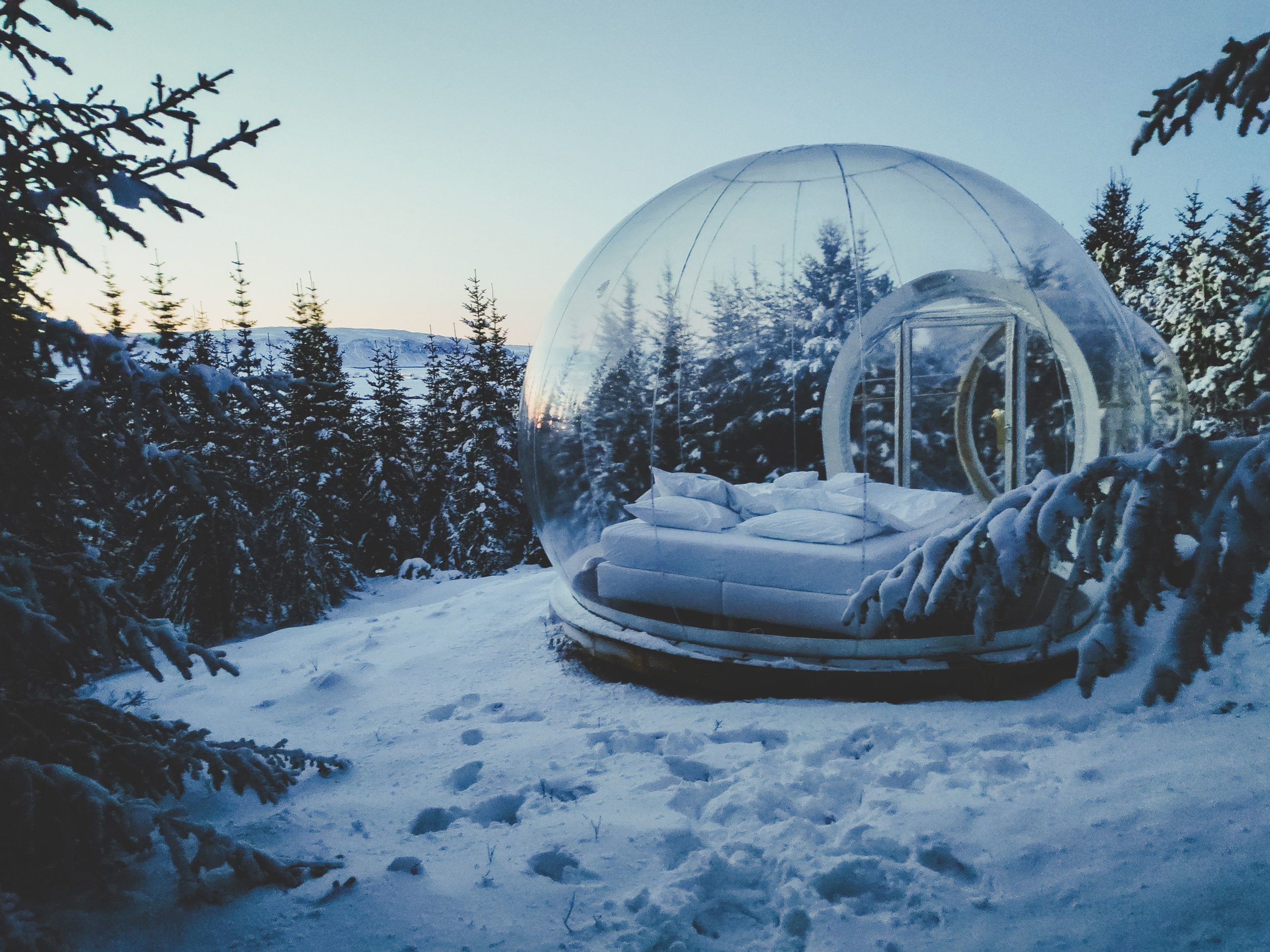
Who would have thought that one of the most important contributions to enjoying your holiday in Iceland happens before you even arrive?
Packing your suitcase is, arguably, more important when the Land of Ice and Fire happens to be your destination, if only because of the weather and terrain you’ll find there.
One of the most commonly shared facts about Iceland remains as true as ever; the weather here is flagrantly interchangeable.
One minute, you’ll be enjoying a warm summer’s day out, only to be suddenly shaken by the intrusion of gusty rainfall.
As I write this, the sun outsides shines through a break in the grey clouds; heavy snow pushes by, horizontal and fast on the North Arctic wind.
The weather doesn’t appear to know what it wants to be, and it’s far more often that way than not.
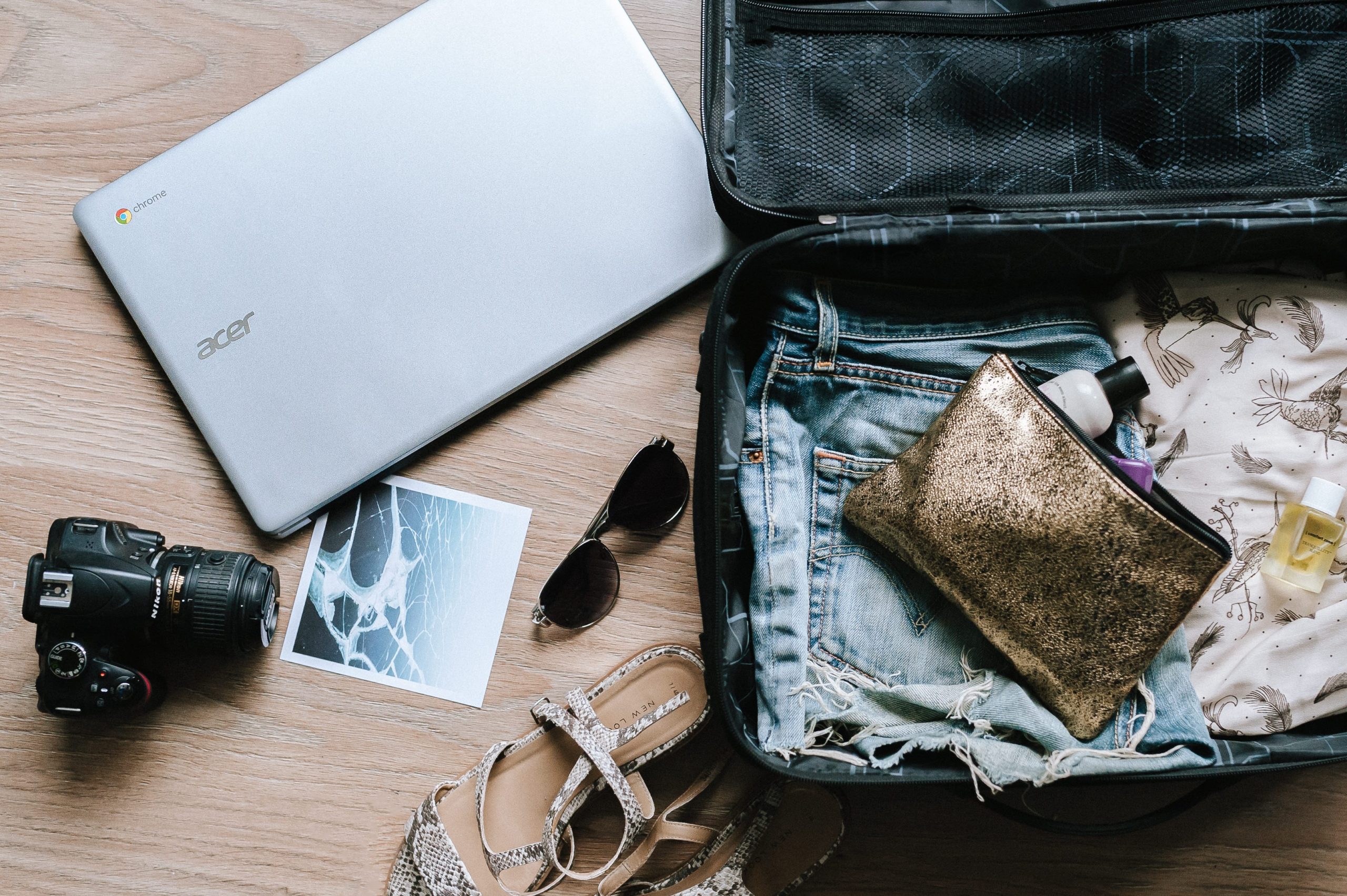
Thinking about the right footwear is equally important to the rest of your clothing as much of Iceland’s terrain is rough; rocky ledges, steep gullies, narrow pathways and loose footing all make up the topography of this wild and mystic land.
Those planning on hiking in such an environment should count a sturdy pair of boots as a necessity. If you don’t already have a pair in the cupboard, then you’ll need to get yourself down to the shoe shop right away.
Even in Reykjavik, where the city streets are tarmacked and the sidewalks are paved in concrete, danger always lurks its head, this time in the form of unseen ice.
3) Rent a 4x4 when travelling into the Highlands
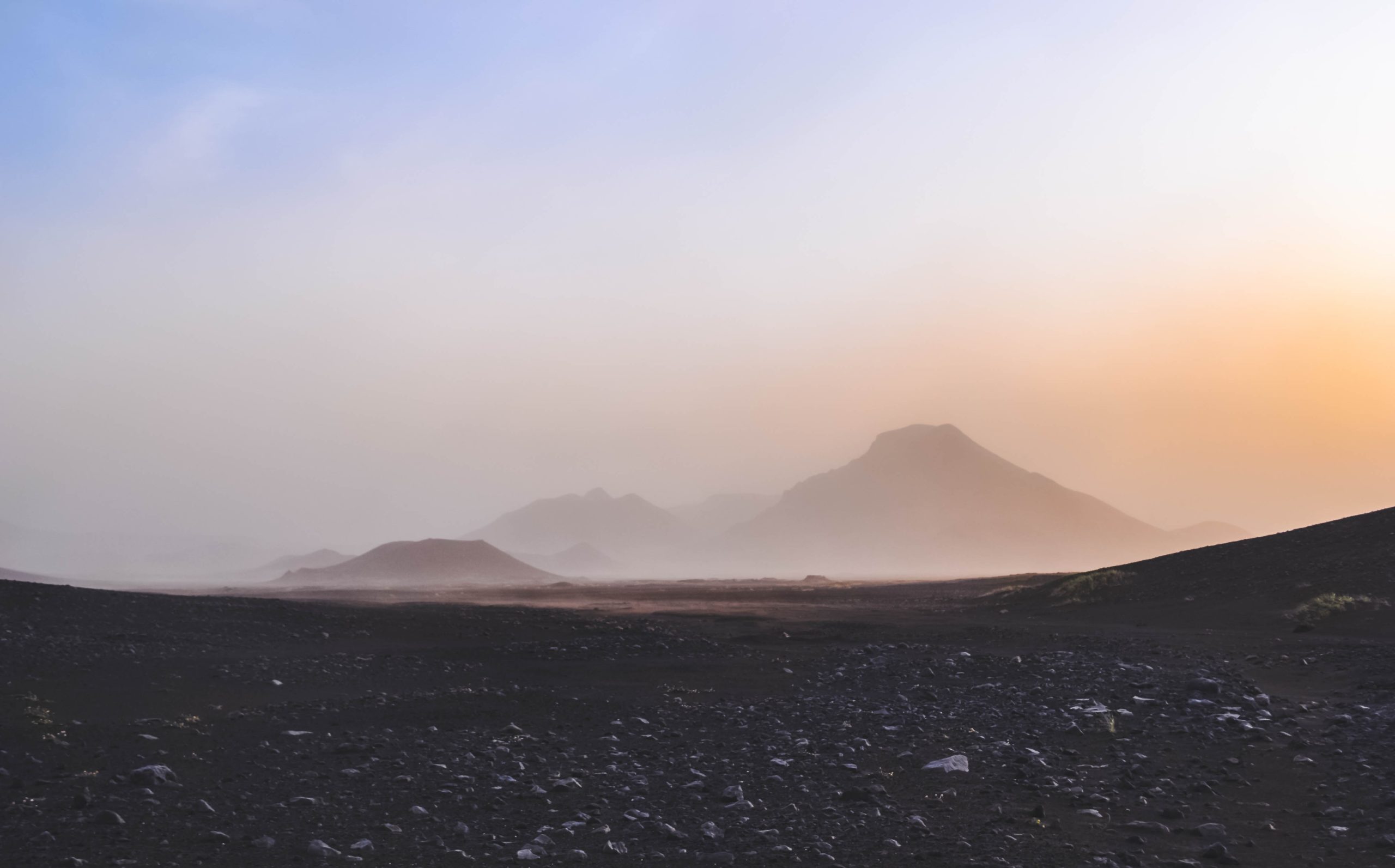
The Highlands of Iceland are a beautiful and dramatic region worthy of exploration by any daring traveller hoping to remove themselves from the beaten track.
The shimmering and colourful geothermal hillsides of Landmannalaugar are a sight to behold during summer, when the Midnight Sun glints off the shingle, whilst the cragged canyons of Thorsmork make for truly dramatic scenery
4) Watch your alcohol intake
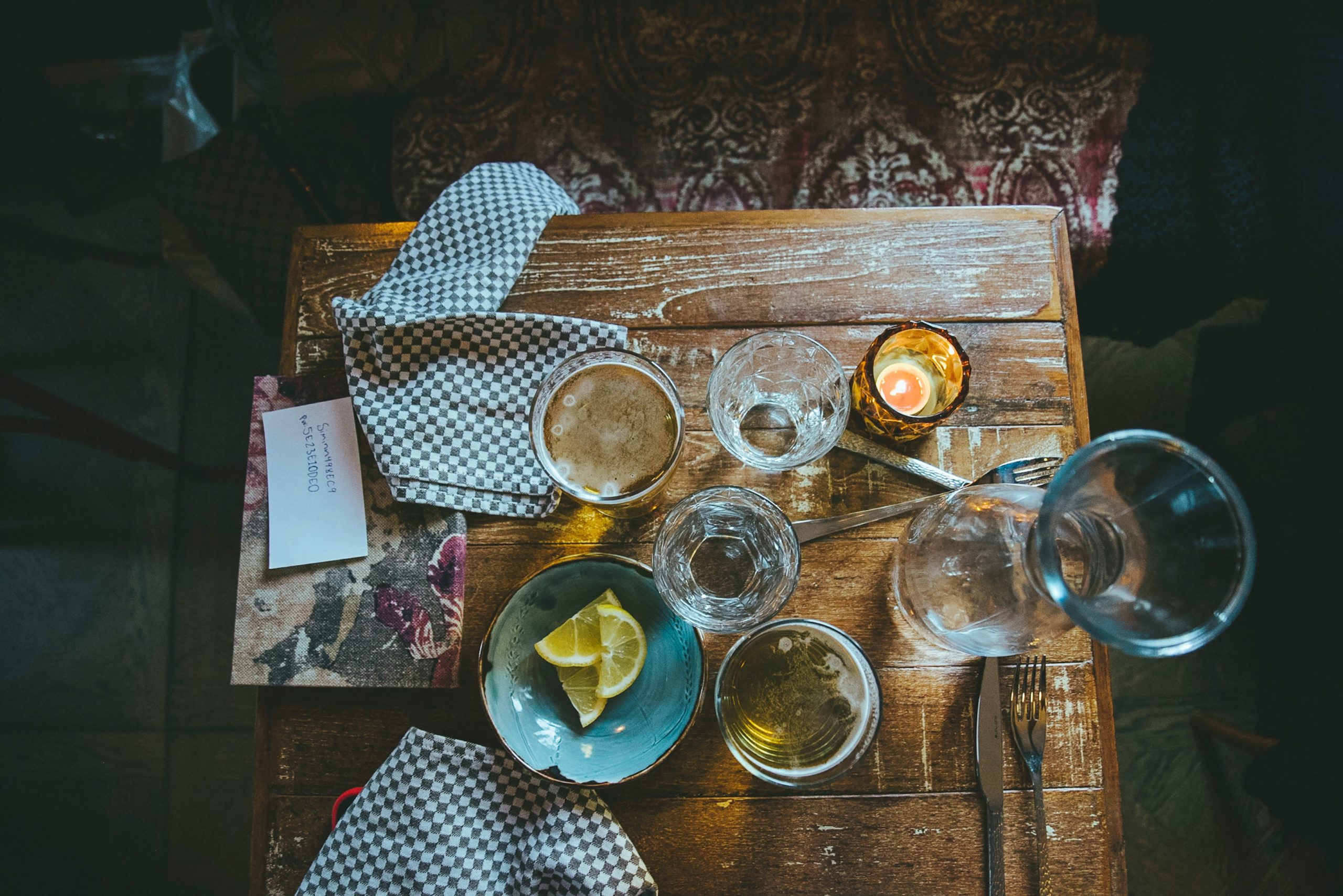
Alright, so without straying too far into sanctimoniousness, there’s no denying that alcohol tends to be involved when unfortunate incidents occur.
Icelanders are no different from the travellers that frequent the same bars; they love a good drink, love a good, social time, and Reykjavik at the weekend makes for a great party city.
As the evening progresses, however, overtly drunk and obnoxious characters are not uncommon, and are best avoided if you’re trying to enjoy a late stroll around the city.
Understand, some people are capable of getting drunk, or being drunk, without posing much of a threat to those around them, but it never hurts to be vigilant, especially when abroad.
5) Do not climb on icebergs or glaciers without a guide
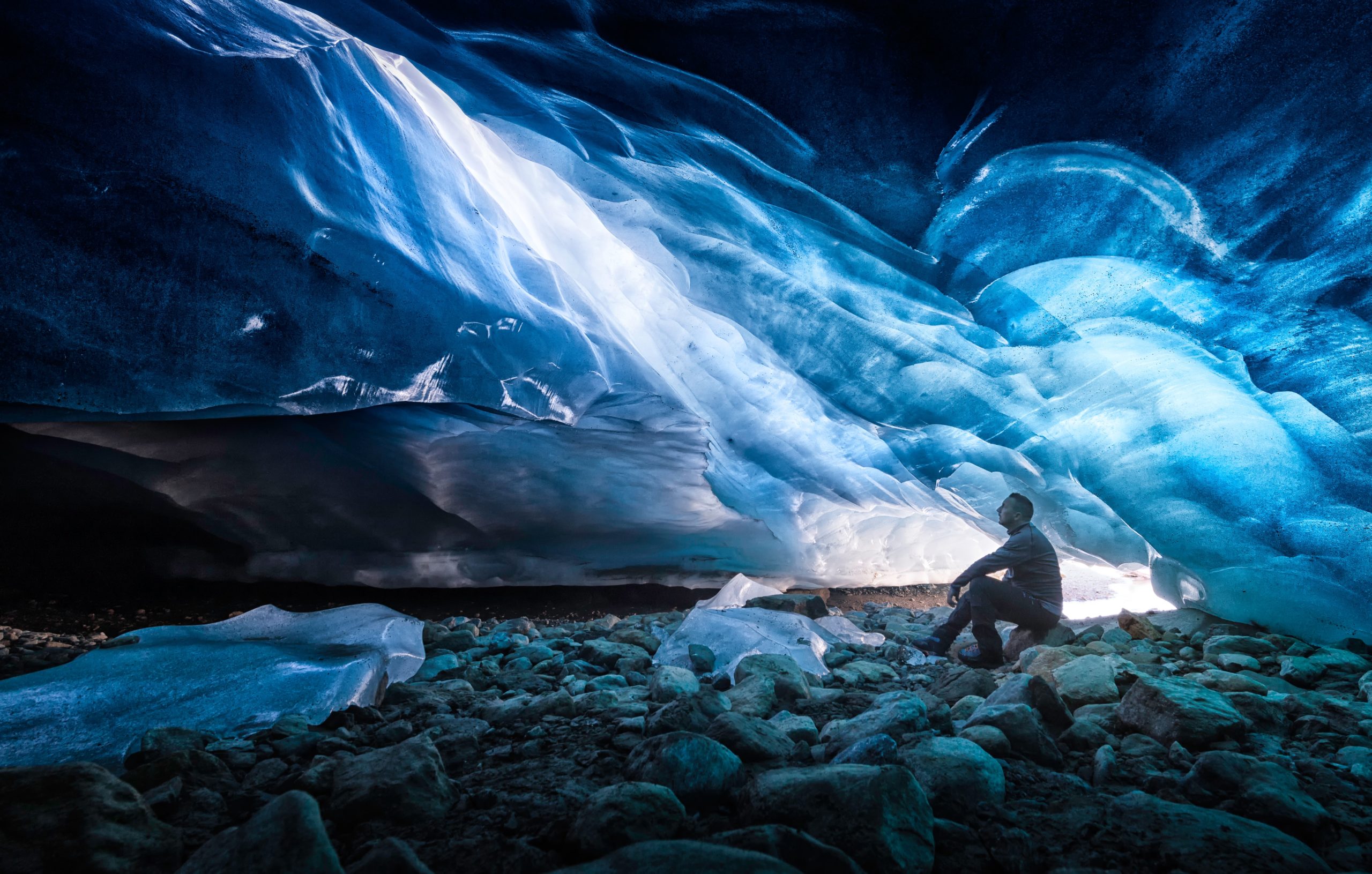
Given their slippery terrain, instability and gargantuan size, it should be evident to everyone that climbing atop icebergs, glacial tongues, or venturing into ice caves alone is both entirely forbidden and rather foolish.
For one, these environments require years of expertise to navigate them safely.
Glaciers are rife for unseen crevasses and sinkholes that pose incredible risks to those who do not follow safely in the footsteps of their guide.
Icebergs, on the other hand, can quickly roll over in the water, knocking anyone on top of them into the cold depths of Jokulsarlon glacier lagoon.
Finally, ice caves in Iceland are composed of countless tunnels that lie beneath anyone of the country’s glaciers.
Not only are these caves subject to melting in warmer temperatures, but at greater depths, emanate noxious gases that are lethal when inhaled.
6) Keep back from the waves at Reynisfjara black sand beach
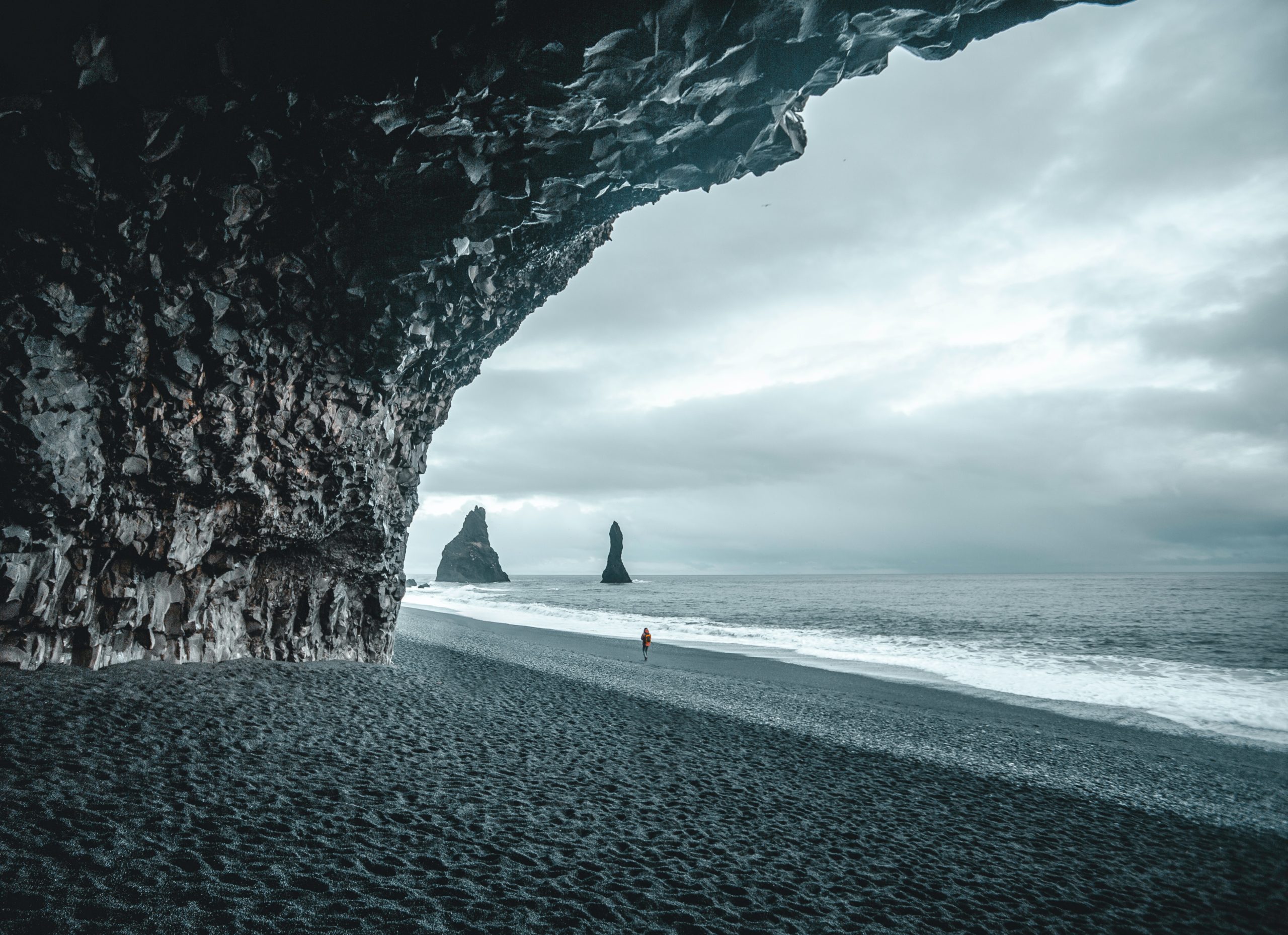
Reynisfjara is one of South Iceland’s most beloved sites; a stretch of dark volcanic shoreline laid out beside the minute coastal village, Vik i Myrdal.
Complete with towering sea cliffs, hexagonal rock formations and the huge basalt stack, Reynisdrangar, Reynisfjara is arguably one of the most unique and beautiful non-tropical beaches in the world.
With all this beauty on offer around you, it is possible you’ll miss the many warning signs that dot the coastline here warning of huge sneaker waves capable of dragging unsuspecting guests into the ocean.
Such incidents are not merely hypothetical, but have happened far too many times to count.
If you were looking to learn more about the dangers present at Reynisfjara, make sure to read our feature article, About Iceland’s Breathtaking Black Sand Beach.
7) Keep your driving speed down
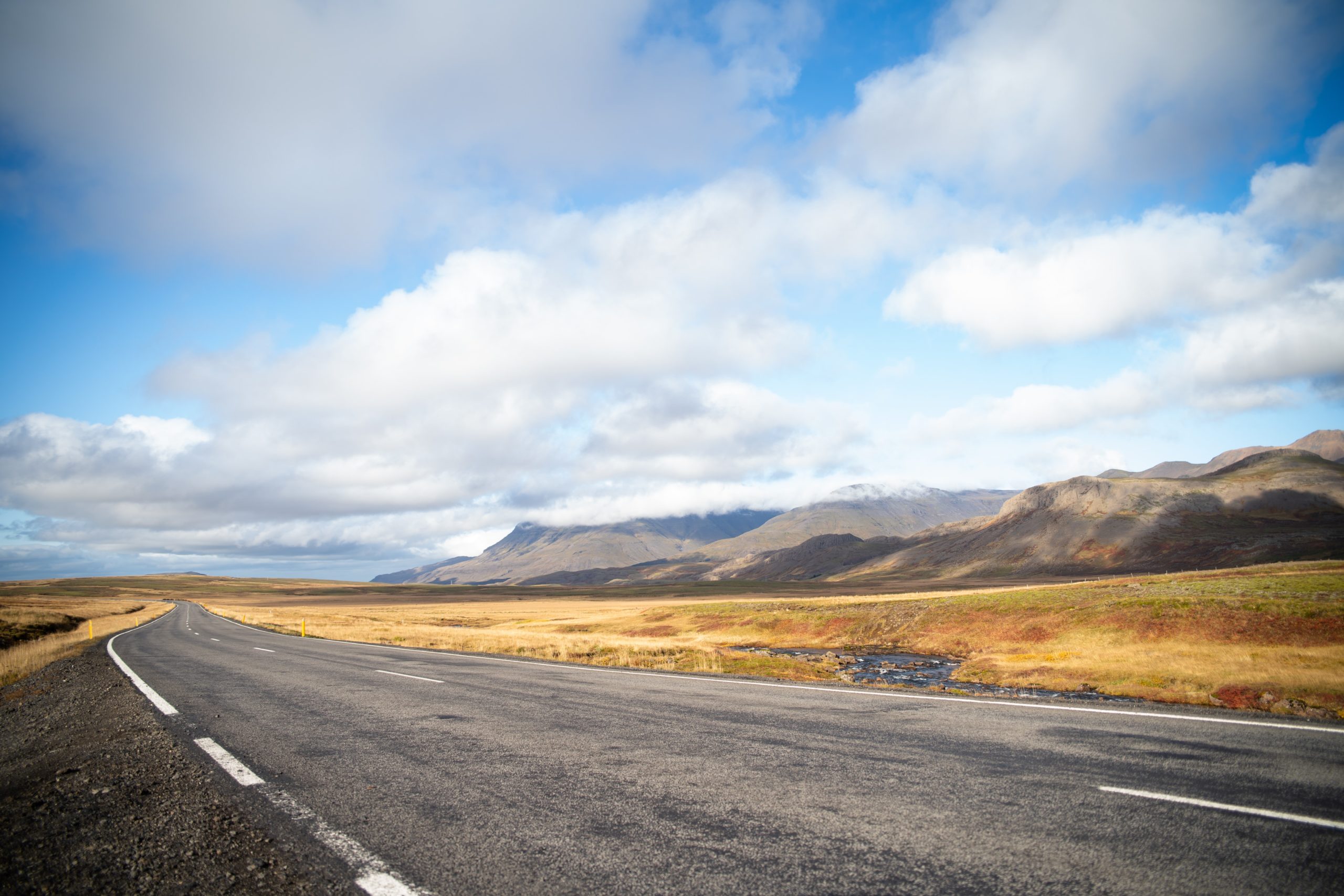
Driving slowly is especially important during the wintertime when conditions can be more than a little challenging.
Heavy snowfall and rain, permeating mist and all-encompassing darkness can make your time on the road more difficult than expected.
When you leave the city boundaries behind, you’ll find that traffic throughout much of Iceland is pretty minimal. With clear roads ahead, the temptation to speed can raise his head, but resist the urge, remembering that those caught by police or speed cameras are subject to heavy fines.
Let’s face it; you’ve probably paid enough for your holiday experience without adding onto it for no good reason.
8) Don’t stray too close to geothermal sites
There is a big difference between geothermal hot springs and geothermal hot pools. Mistaking the two can be deadly; at the very least, capable of causing a traveller great injury.
Iceland’s most famous hot spring, Strokkur at Geysir geothermal valley, is roped off to prevent guests from stepping too close. The same situation can be seen at Europe’s most powerful hot spring, Deildartunguhver, and the Martian likes landscapes of Námaskarð Pass, which can be seen nearby Lake Myvatn.
9) Keep checking the weather forecast
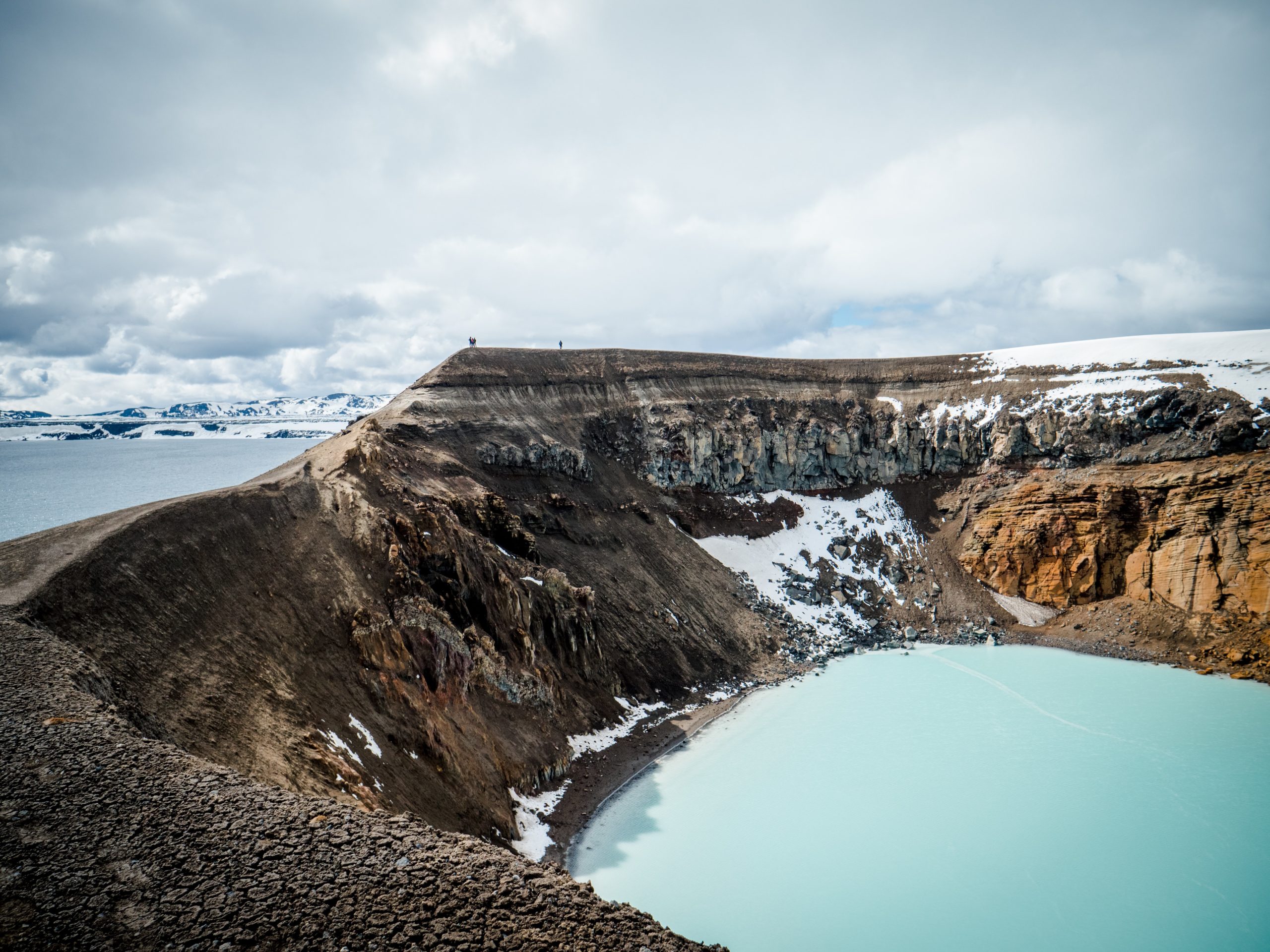
As we’ve mentioned, there is no knowing what the weather will do in Iceland from one minute to the next.
Not much can be done to combat this unpredictably, save the packing tips above, but there is another small piece of preparation one can do each day to help maximise their chances of sightseeing and adventuring in good weather.
With that said, it is best to plan your days around when meteorologists promise serene conditions, rather than, say, snowstorms or heavy rainfall.
To do this, make sure to pay a visit to the website, Vedur.is, where you will have climate information for the week provided for you.
10) Know the emergency information
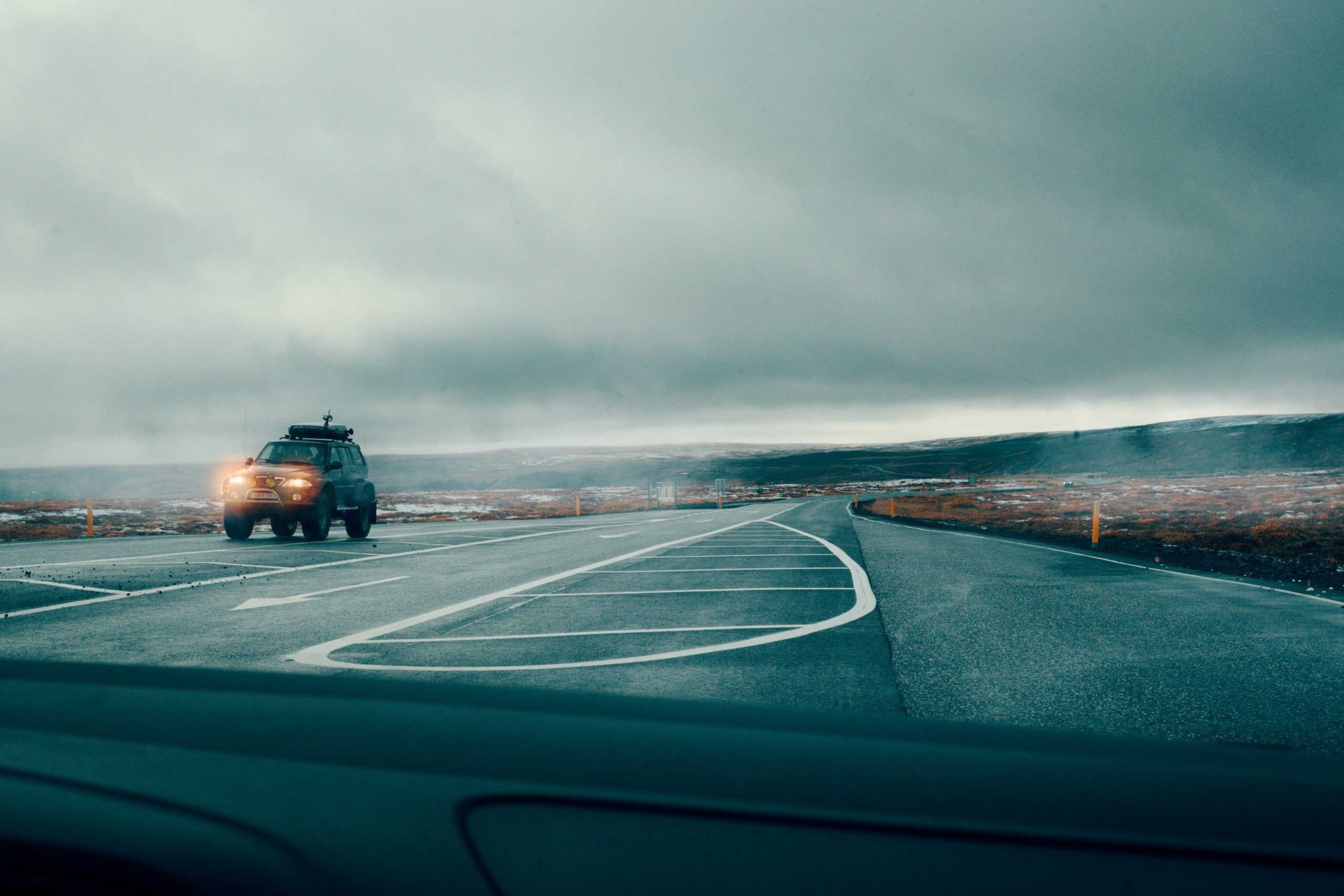
If, at any point during your travels, you find yourself in a sticky situation, know that 112 is the contact number for the Icelandic emergency services. Dispatchers are available 365 days a year, 24/7, providing much needed assistance to those who require it.
112 will connect you with the Icelandic police service, fire service and rescue teams; three professional and experienced organisations well-equipped in handling the difficulties of the Icelandic environment.
There are other numbers that you can reach the same services by: 444-1000 for the police, 570-5900 for search and rescue. If you require immediate medical care, you can contact the Hospital and E.R at 543-2000.
PLAN YOUR JOURNEY
Travelling to Iceland?
Check our overnight tours with a driver guide that includes a one night stay in a bubble.
*Starting from ISK 59.900 per person

